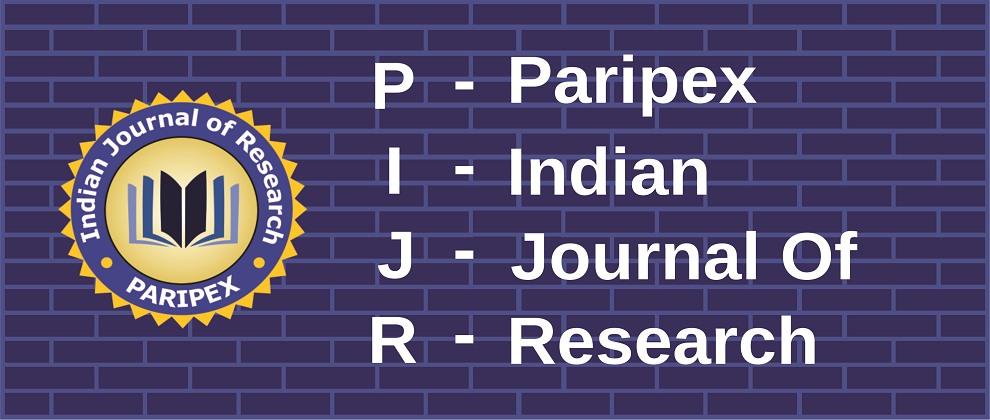Volume : VIII, Issue : VII, July - 2019
Chorionicity and perinatal outcome in twins
Lakshmi Nambiar, Bindu Menon
Abstract :
Introduction: Monochorionic twins are at increased risk of complications, compared to Dichorionic. Hence, determination of chorionicity antenatally is important. Methodology: 87 twin gestations were followed up through their antenatal, intrapartum and post partum periods and the perinatal course of their babies was followed up. Outcome measures were assessed for MC and DC twins separately and compared, with respect to: • Mean gestational age at birth • Mean birth weight • Incidence of growth discordance, TTTS, single fetal demise • Need for NICU admission • Perinatal mortality rate Results: The mean gestational age at birth and the mean birth weight were significantly lower in the MC compared to DC twins. Growth discordance was found in 36.3% of DC and 57.1% of twins (p value 0.05). The incidence of single fetal demise was similar in both groups. There was only one case of TTTS (4.8% of MC twins). The perinatal mortality rate was significantly higher in MC than in DC group (p value of 0.02). 52.7% of the DC and 82.9% of MC twins needed NICU admission, p value <0.001. Conclusion: We found that Monochorionic twins are at significantly higher risks for preterm births, low birth weights, growth discordance, perinatal mortality and NICU admission, than Dichorionic twins.
Article:
Download PDF
DOI : https://www.doi.org/10.36106/paripex
Cite This Article:
CHORIONICITY AND PERINATAL OUTCOME IN TWINS, Lakshmi Nambiar, Bindu Menon PARIPEX‾INDIAN JOURNAL OF RESEARCH : Volume-8 | Issue-7 | July-2019
Number of Downloads : 475
References :
CHORIONICITY AND PERINATAL OUTCOME IN TWINS, Lakshmi Nambiar, Bindu Menon PARIPEX‾INDIAN JOURNAL OF RESEARCH : Volume-8 | Issue-7 | July-2019


 MENU
MENU

 MENU
MENU


